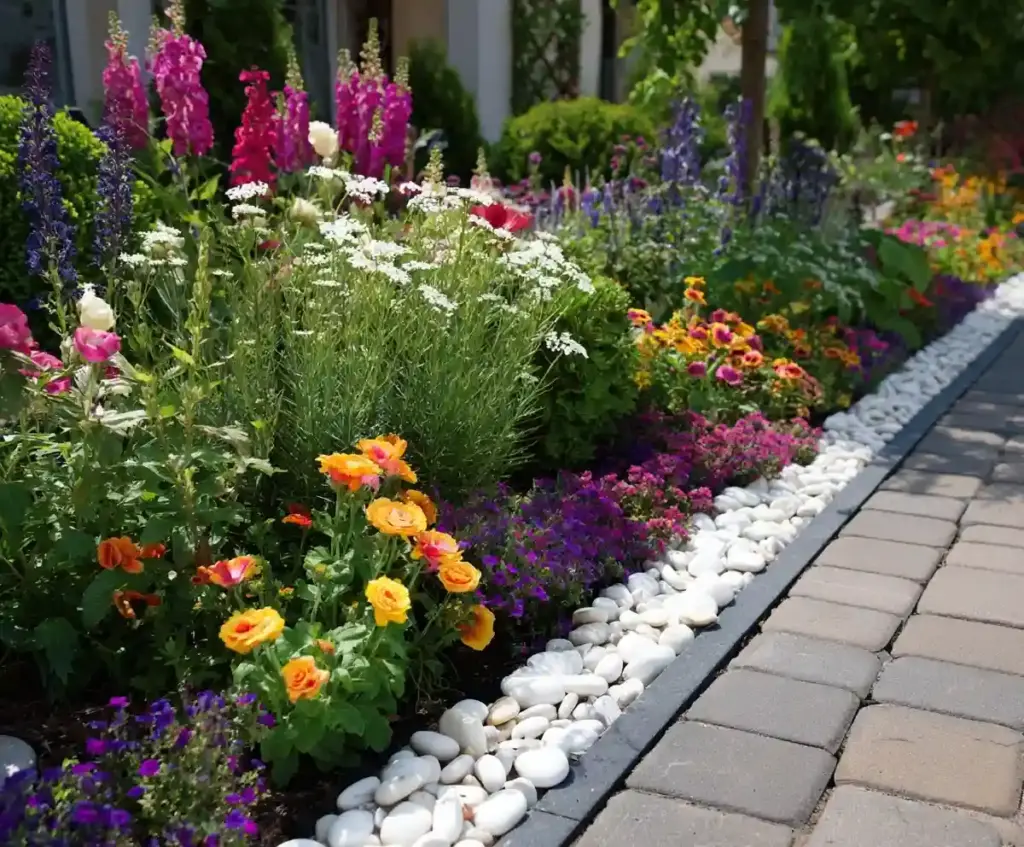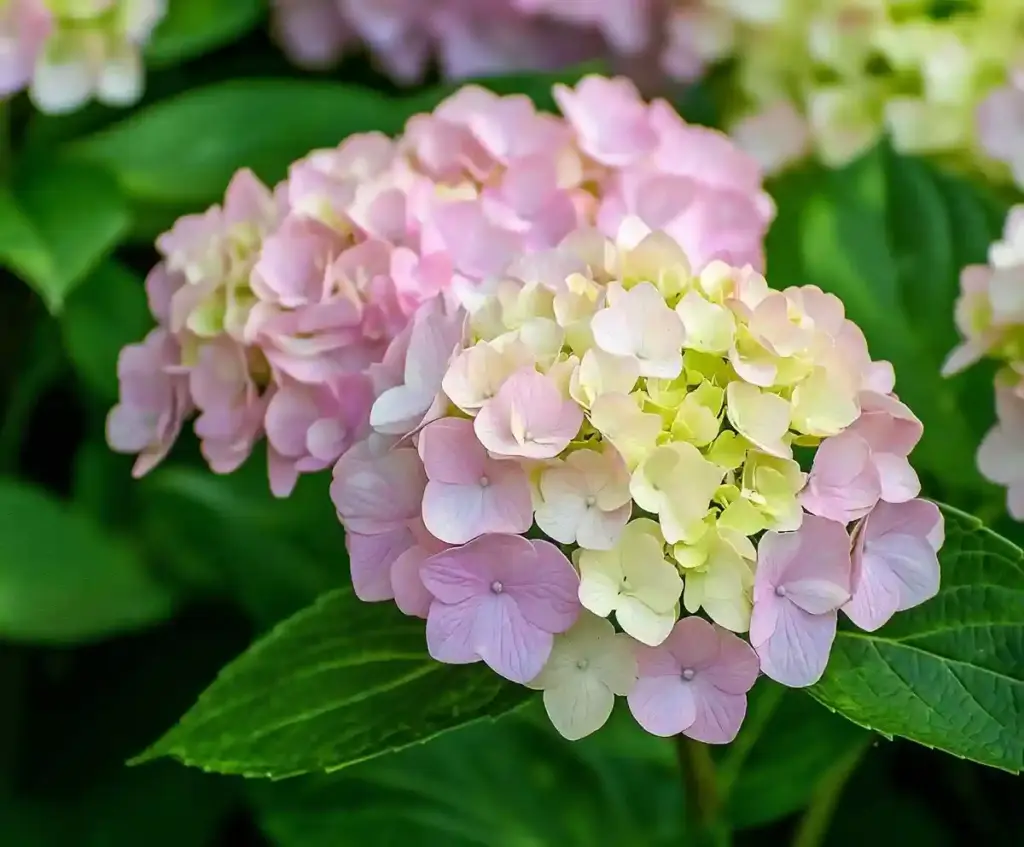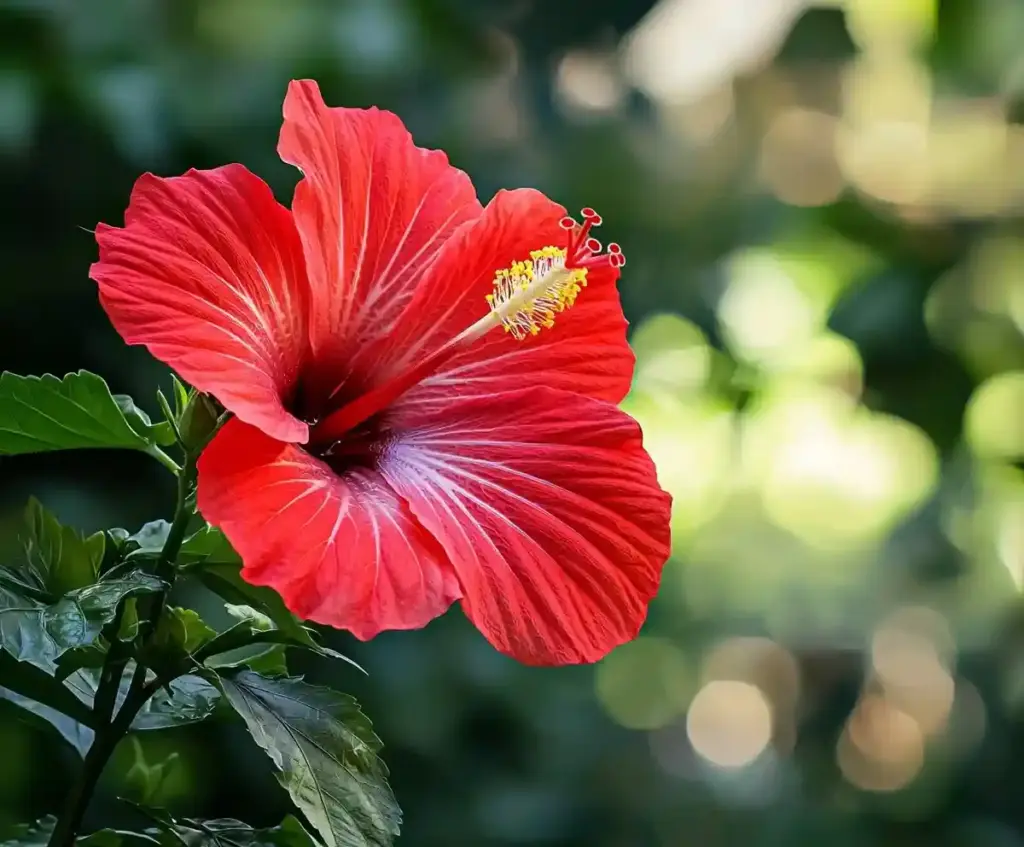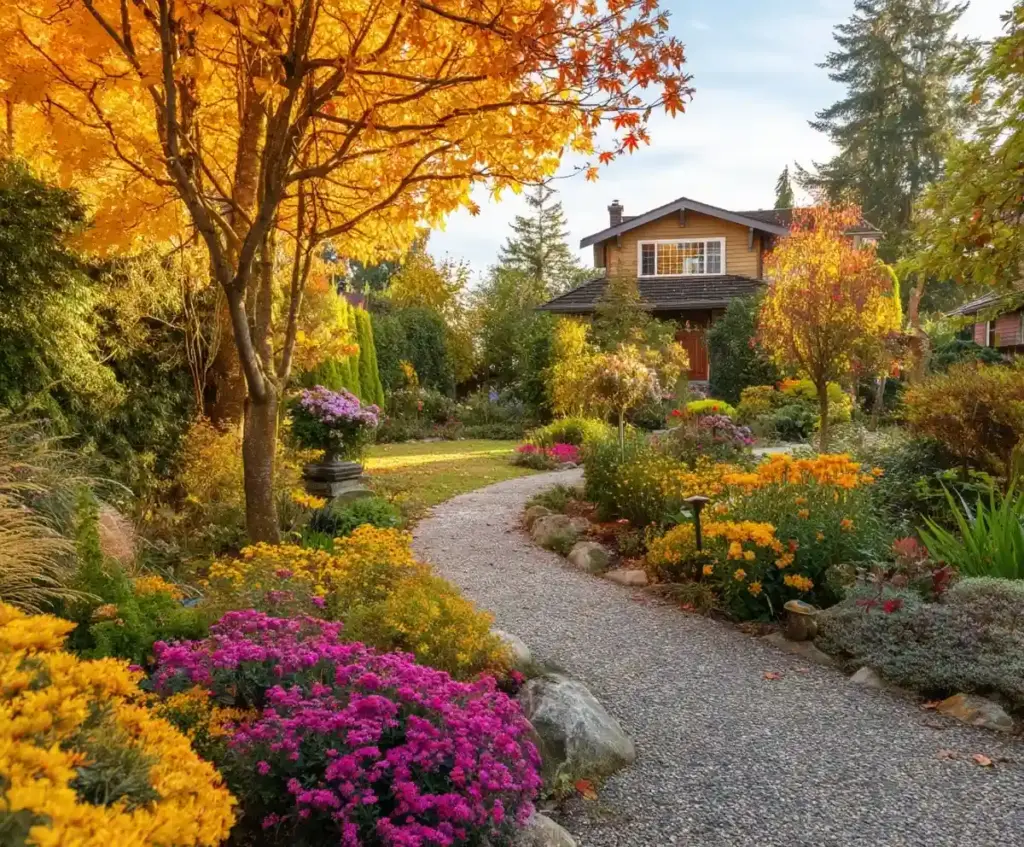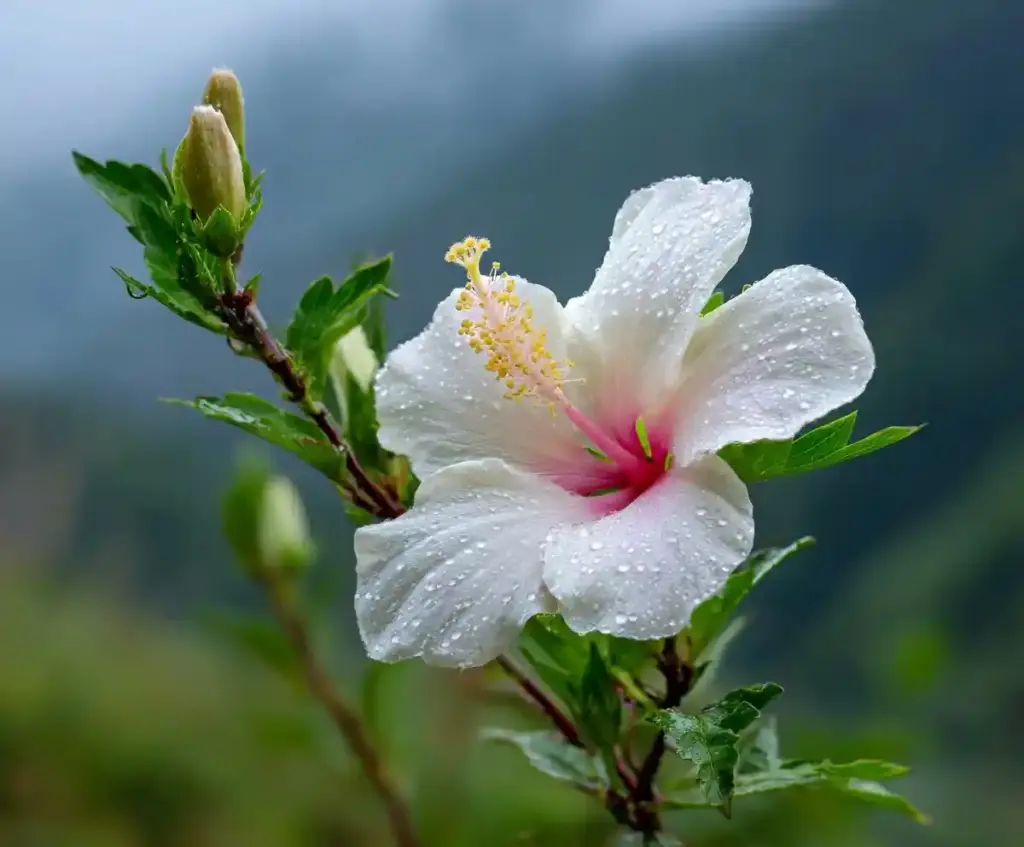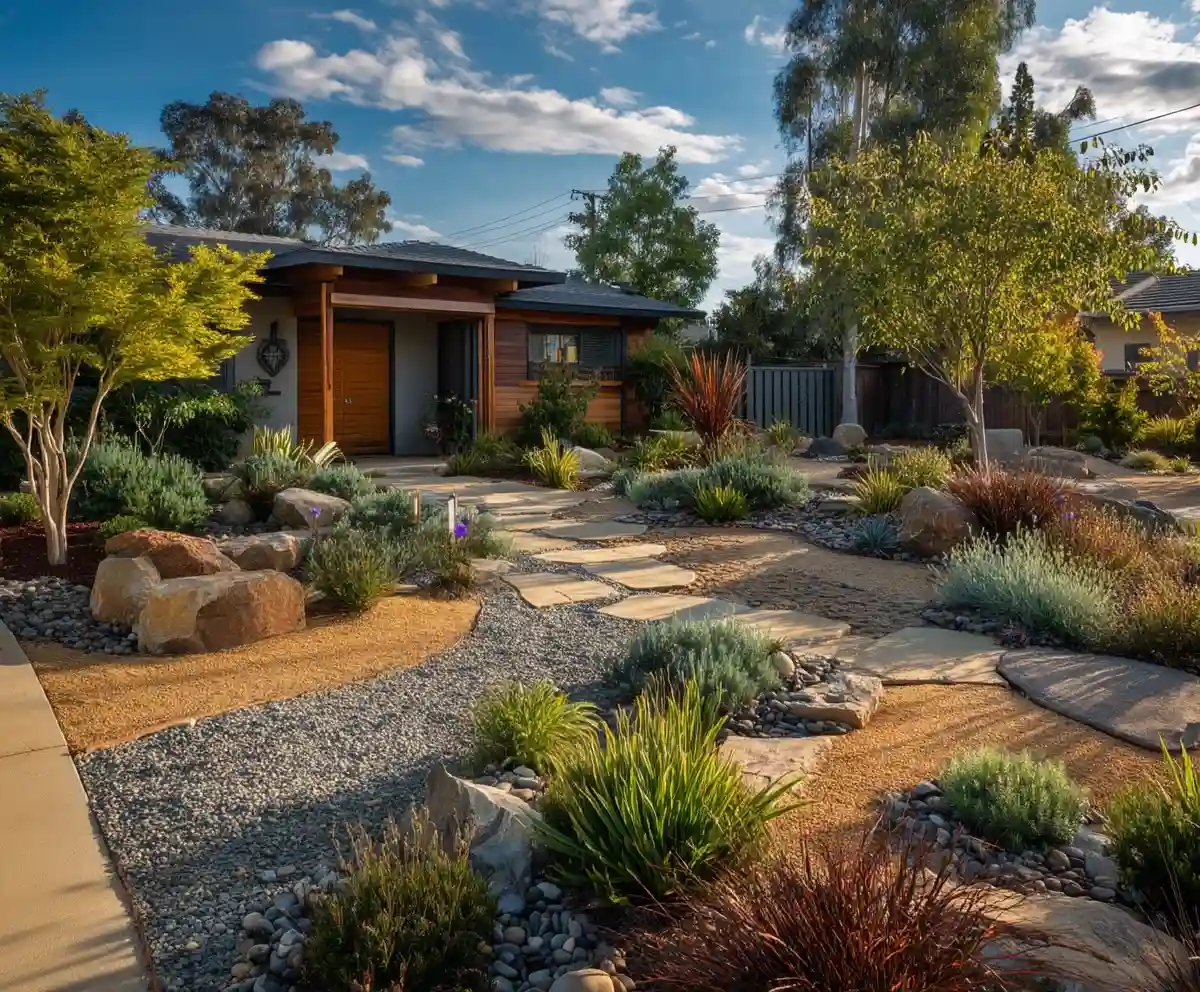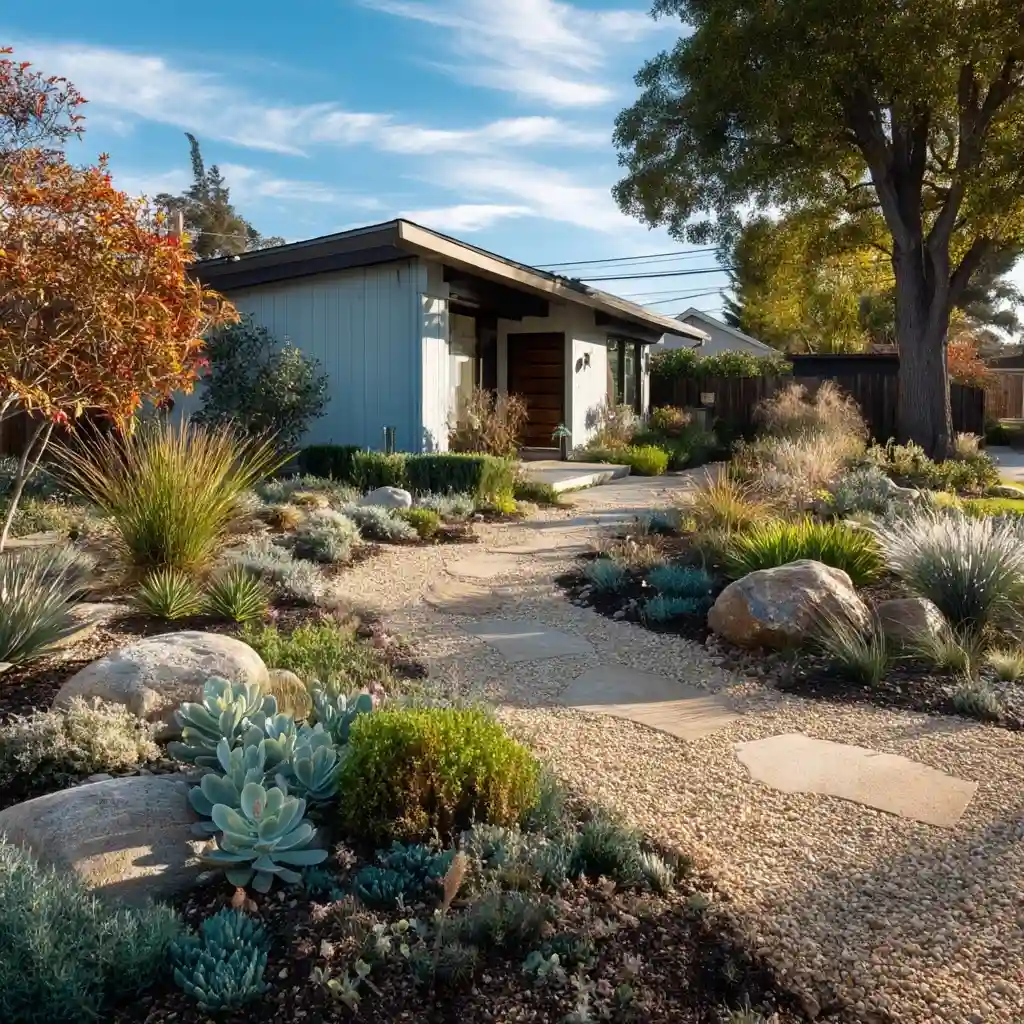Xeriscaping is transforming the way homeowners think about their yards. Instead of relying on water‑hungry lawns and delicate plants, xeriscaping focuses on creating landscapes that thrive with minimal irrigation. This approach not only conserves water but also reduces maintenance and supports local ecosystems.
Originating in the 1980s in Denver, xeriscaping was developed as a response to drought and rising water costs. Today, it’s more than a trend—it’s a sustainable landscaping method that can lower your water bill, protect natural resources, and still give you a vibrant, beautiful yard.
Table of Contents
1. The Seven Principles of Xeriscaping
Designing a water‑wise landscape begins with seven core principles. By following these steps, you can create a yard that looks great and requires far less water.
Landscape Plan & Design
Start with a clear plan. Evaluate how sunlight, shade, and natural drainage affect your yard. Sketch a simple map and decide where lawns, patios, and planting areas will go. Group plants by water needs so irrigation is more efficient. Planning ahead prevents wasted effort and keeps your xeriscape cohesive.
Soil Improvement
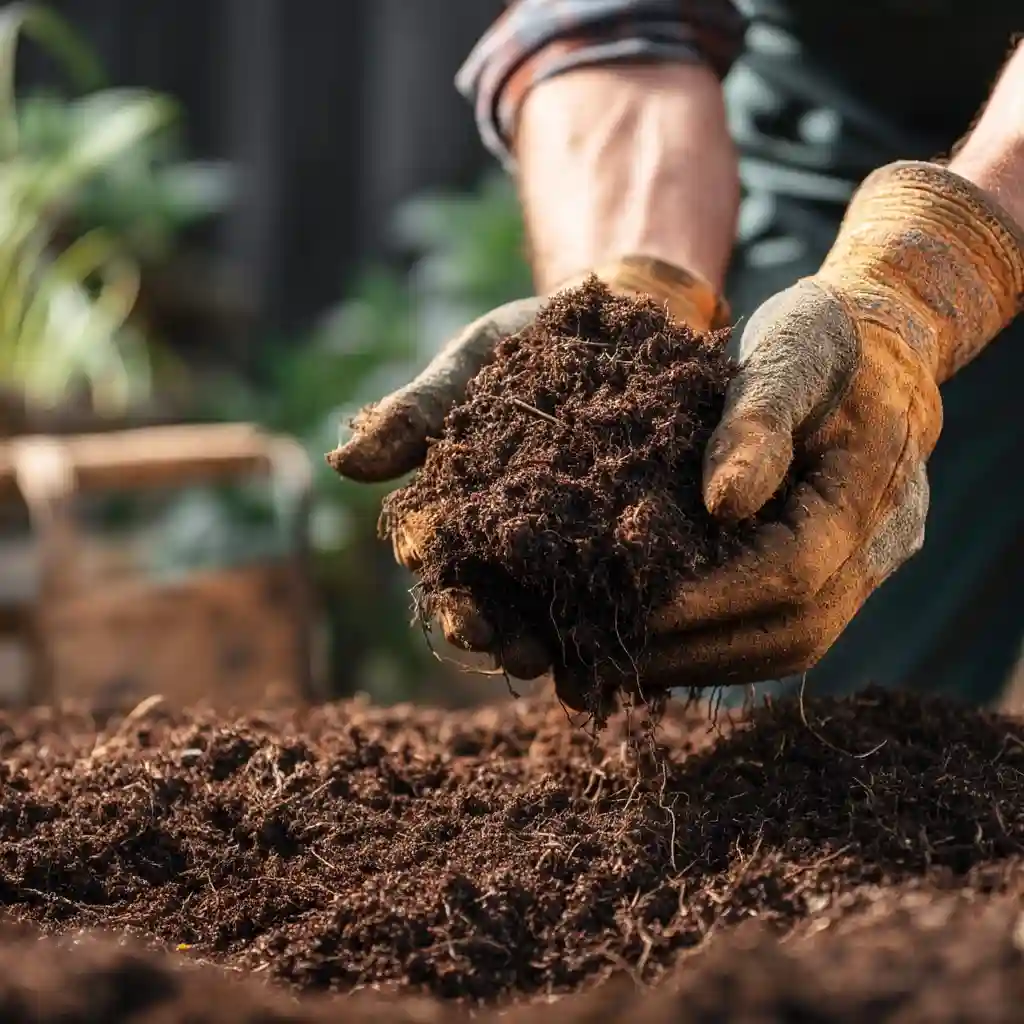
Healthy soil is the foundation of any successful xeriscape. Test your soil to see if it drains well or holds too much water. Mix in organic compost to improve structure and water retention. Sandy soil benefits from organic matter to hold moisture, while clay soil may need sand or compost to improve drainage.
Limiting Lawn Areas
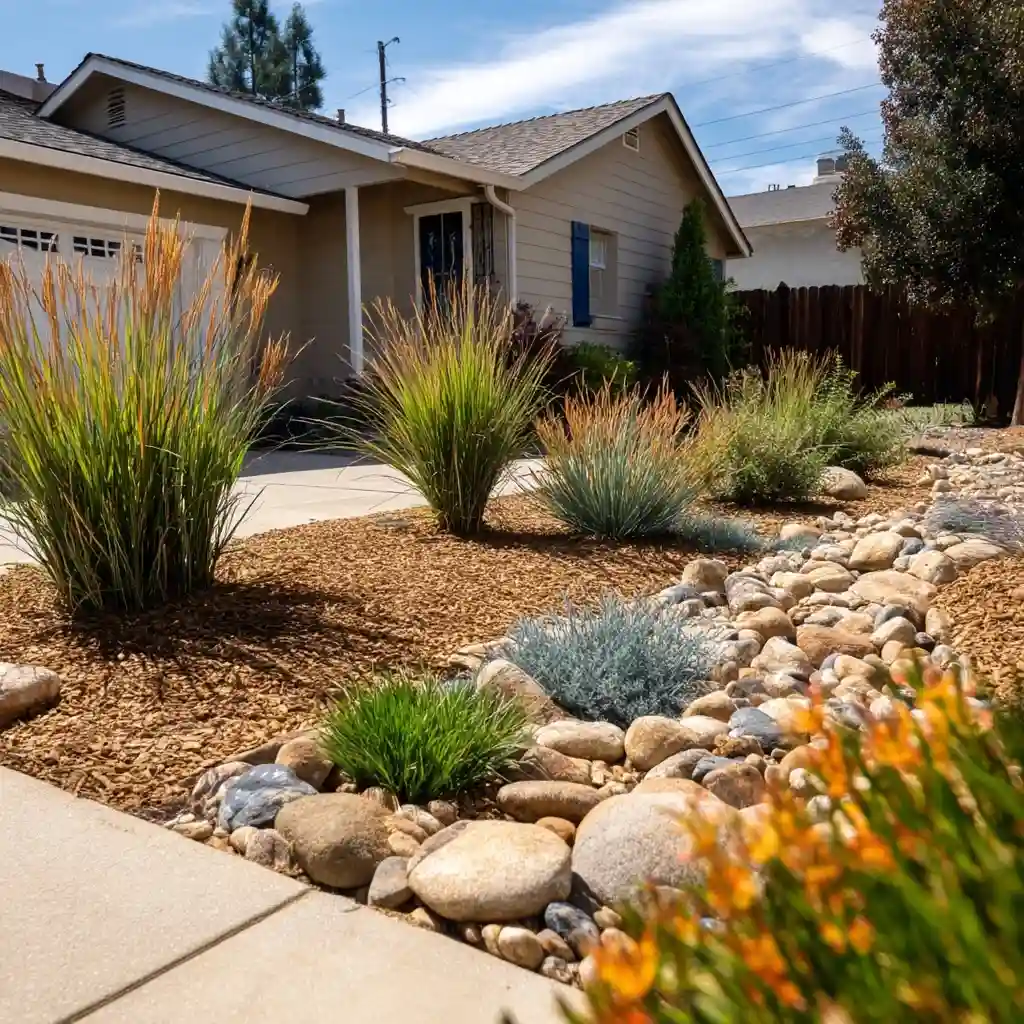
Traditional lawns are one of the biggest water drains in a landscape. In xeriscaping, grass is used only where it makes sense—like small play areas or as an accent. Replace the rest with patios, gravel paths, or drought‑tolerant ground covers. Reducing lawn space drastically cuts water use and maintenance.
Water‑Efficient Plant Selection
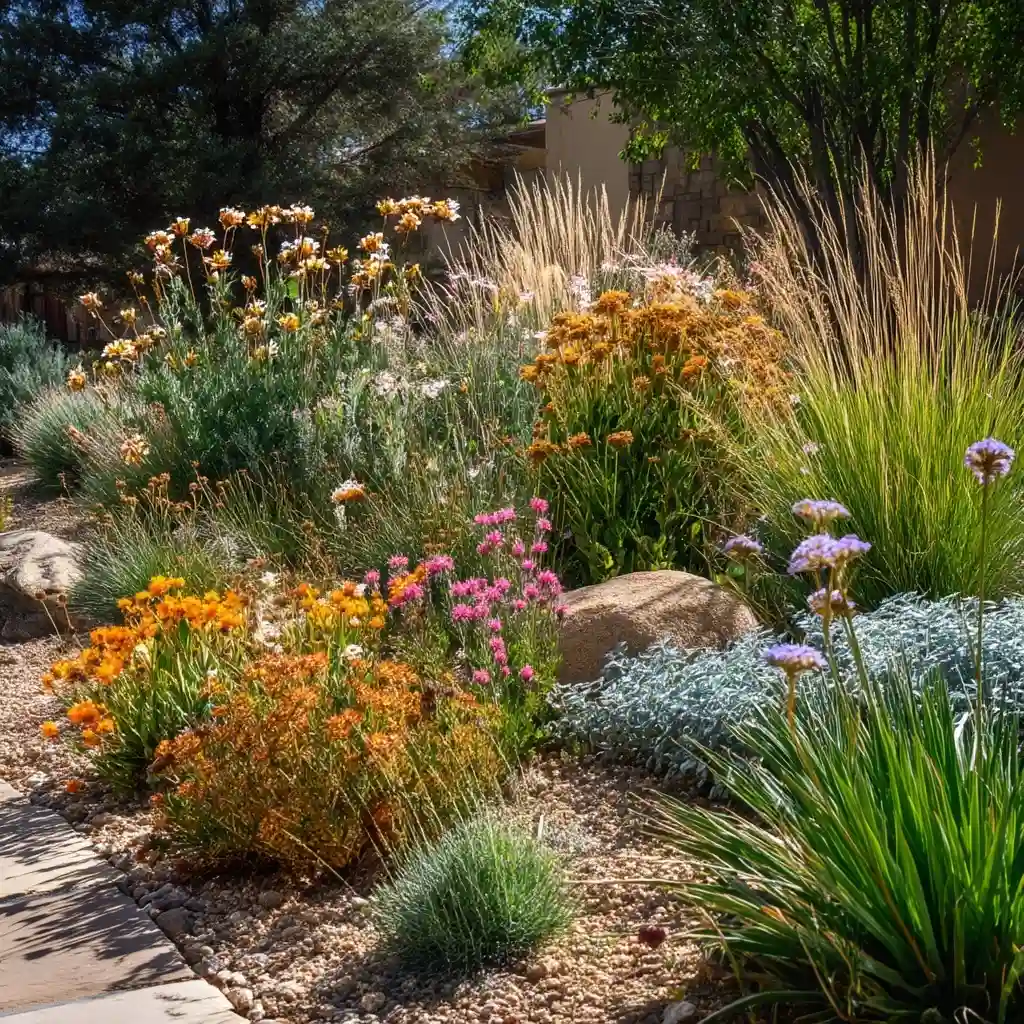
Choose plants that can handle dry conditions. Native species and drought‑tolerant perennials thrive in xeriscapes because they’re adapted to the local climate. Group plants with similar water requirements together, and consider shade trees to reduce evaporation in sunny spots.
Efficient Irrigation
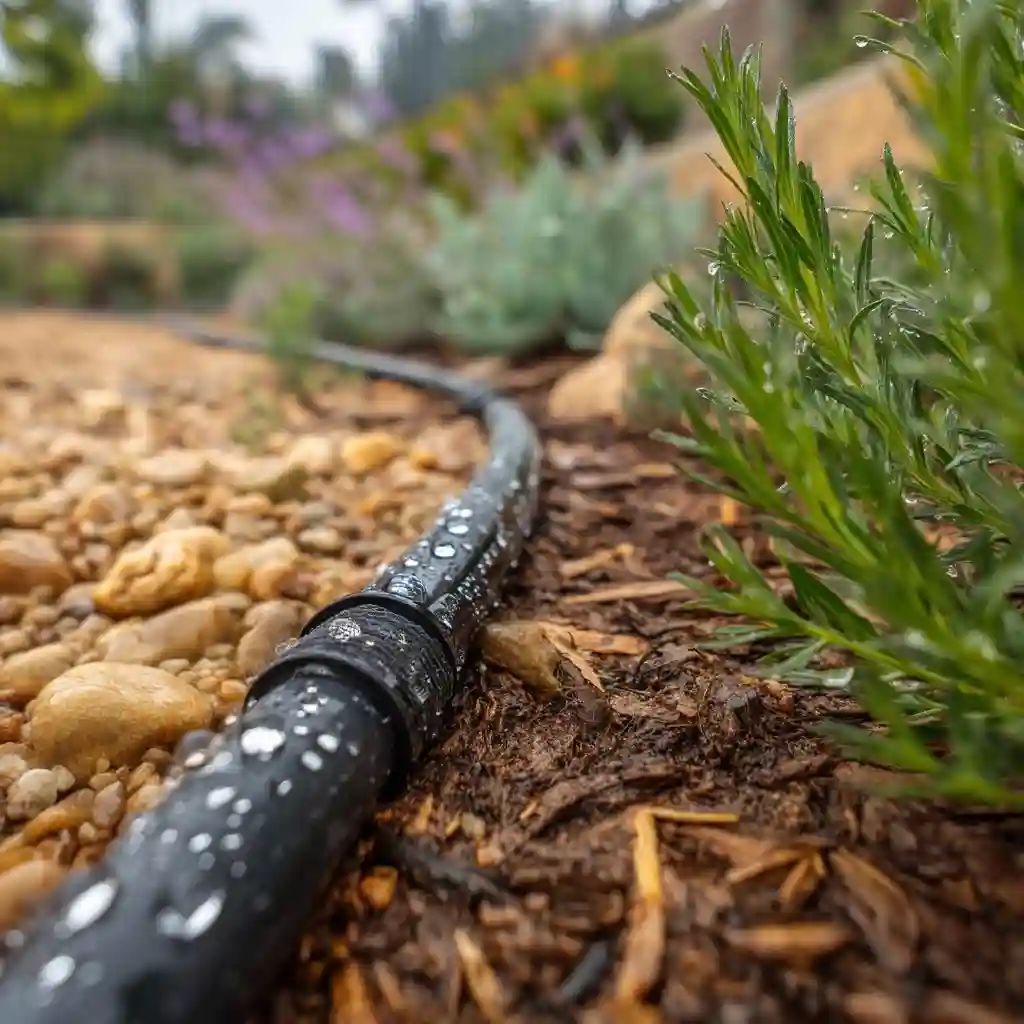
Water smart, not often. Drip irrigation and soaker hoses deliver water directly to roots, reducing waste. Water early in the morning to prevent evaporation, and use timers to avoid overwatering. A well‑planned irrigation system can cut water use in half compared to traditional sprinklers.
Mulching
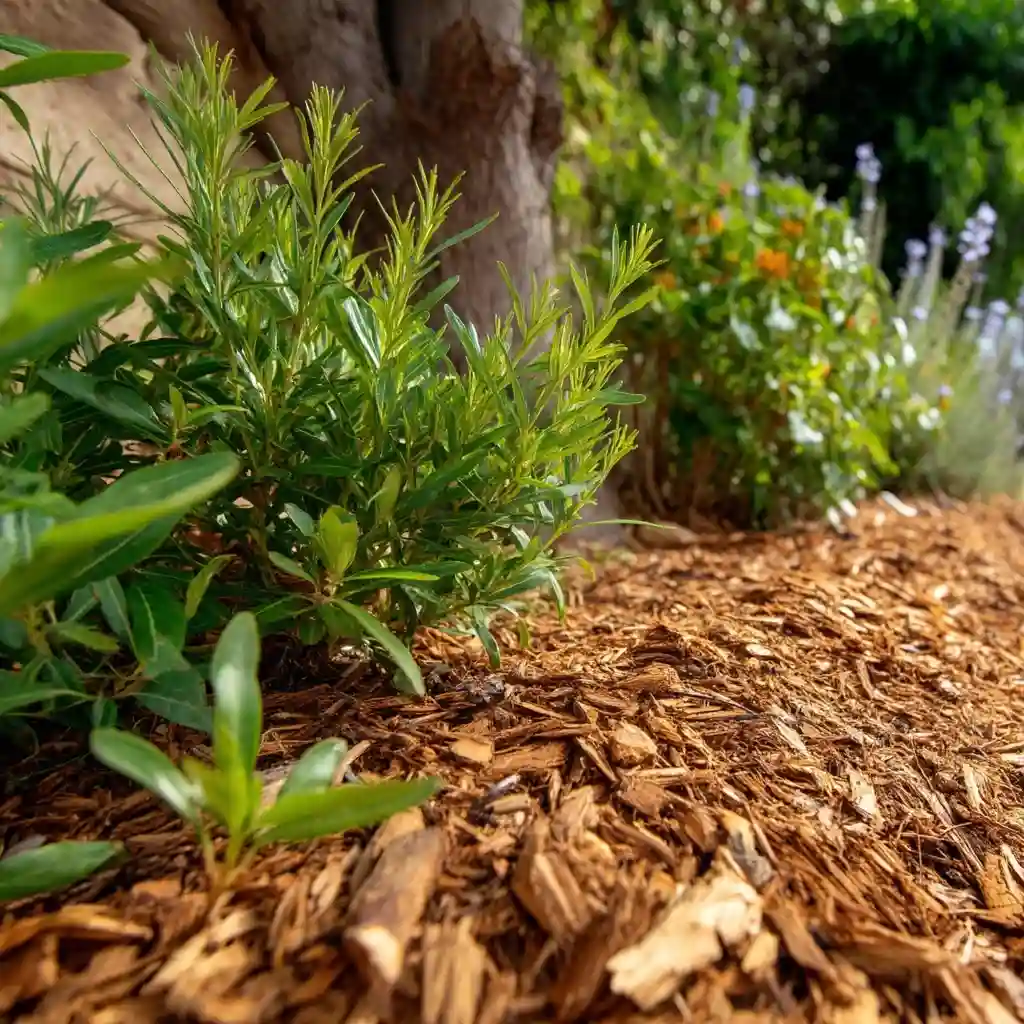
Mulch is a xeriscaper’s best friend. A two‑ to three‑inch layer of organic mulch, like shredded bark or wood chips, keeps soil cool and prevents moisture from evaporating. Inorganic mulch like gravel can also reduce weeds but may heat the soil in hot climates, so choose carefully based on your region.
Proper Maintenance
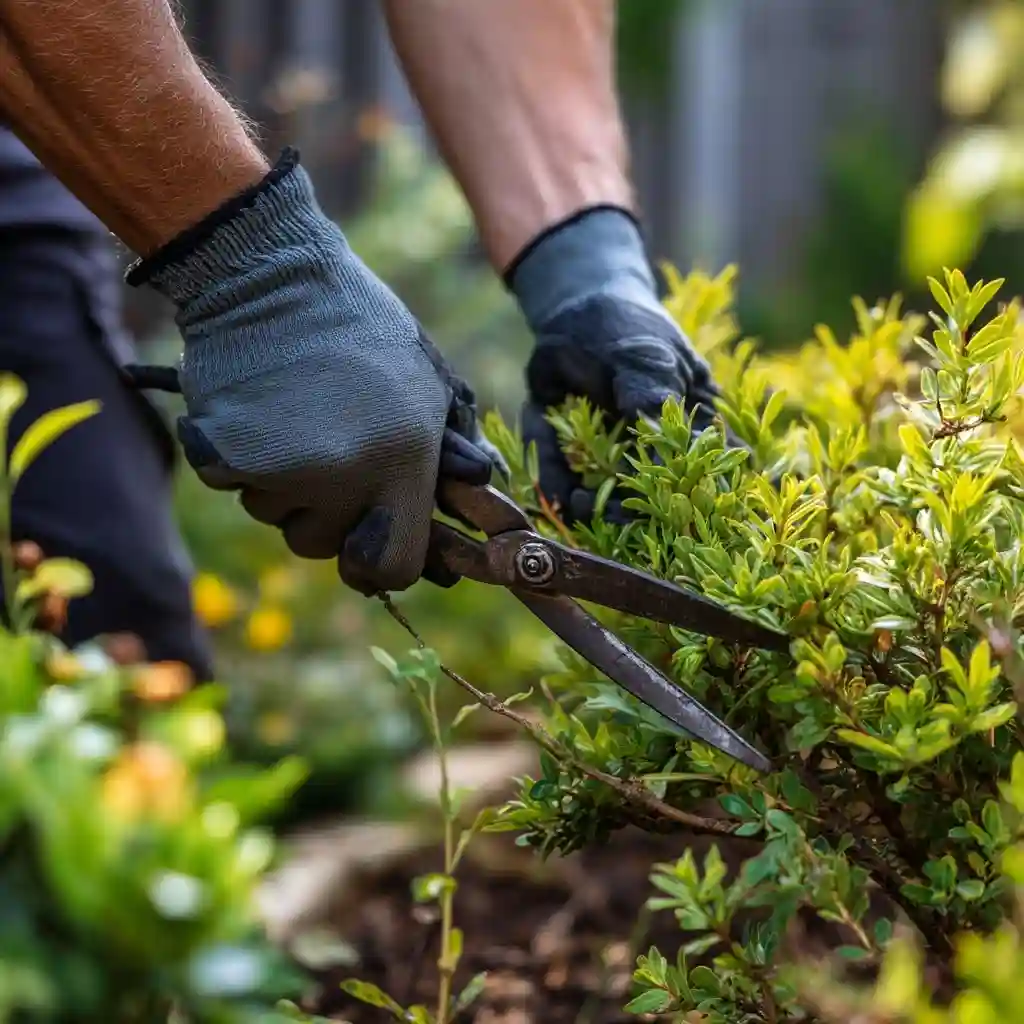
While xeriscaping is low‑maintenance, it’s not no‑maintenance. Keep an eye on weeds, prune plants to encourage growth, and aerate small lawn areas annually. Fertilize sparingly, as overfeeding can make drought‑tolerant plants less hardy.
2. Plant Selection for Xeriscaping
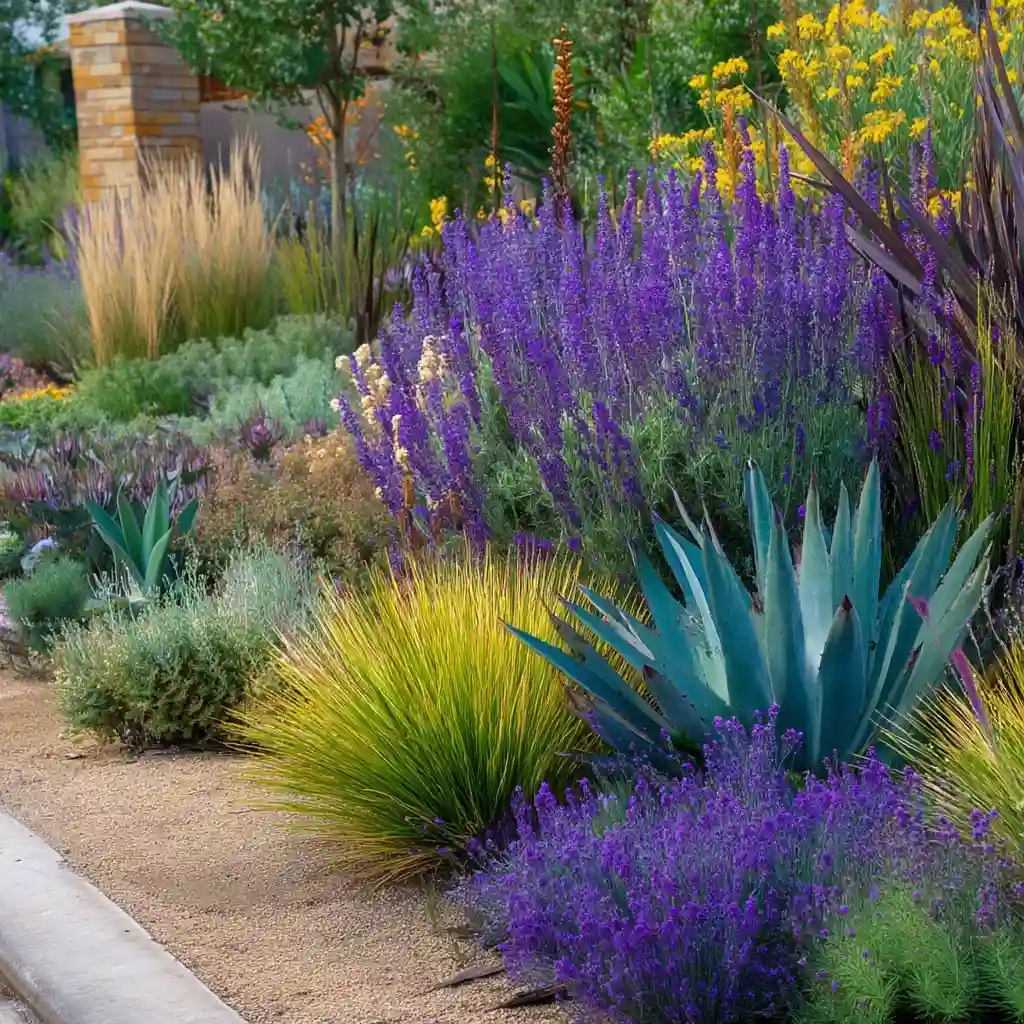
Plant choice is one of the most important elements of xeriscaping. The goal is to use species that require little water and are naturally suited to your climate.
- Use native plants whenever possible. They are already adapted to local conditions, making them more resilient to drought and pests.
- Group plants by water needs. This technique, known as hydrozoning, ensures that thirsty plants are concentrated in one area, while drought‑tolerant varieties are in another.
- Incorporate shade trees and shrubs. Providing natural shade reduces evaporation and keeps surrounding plants healthier.
- Add pollinator‑friendly species. Xeriscapes can support bees, butterflies, and birds by including flowering natives and nectar‑rich plants.
A well‑planned plant palette doesn’t just save water—it creates a vibrant, wildlife‑friendly garden that thrives with minimal attention.
3. Irrigation and Water Management
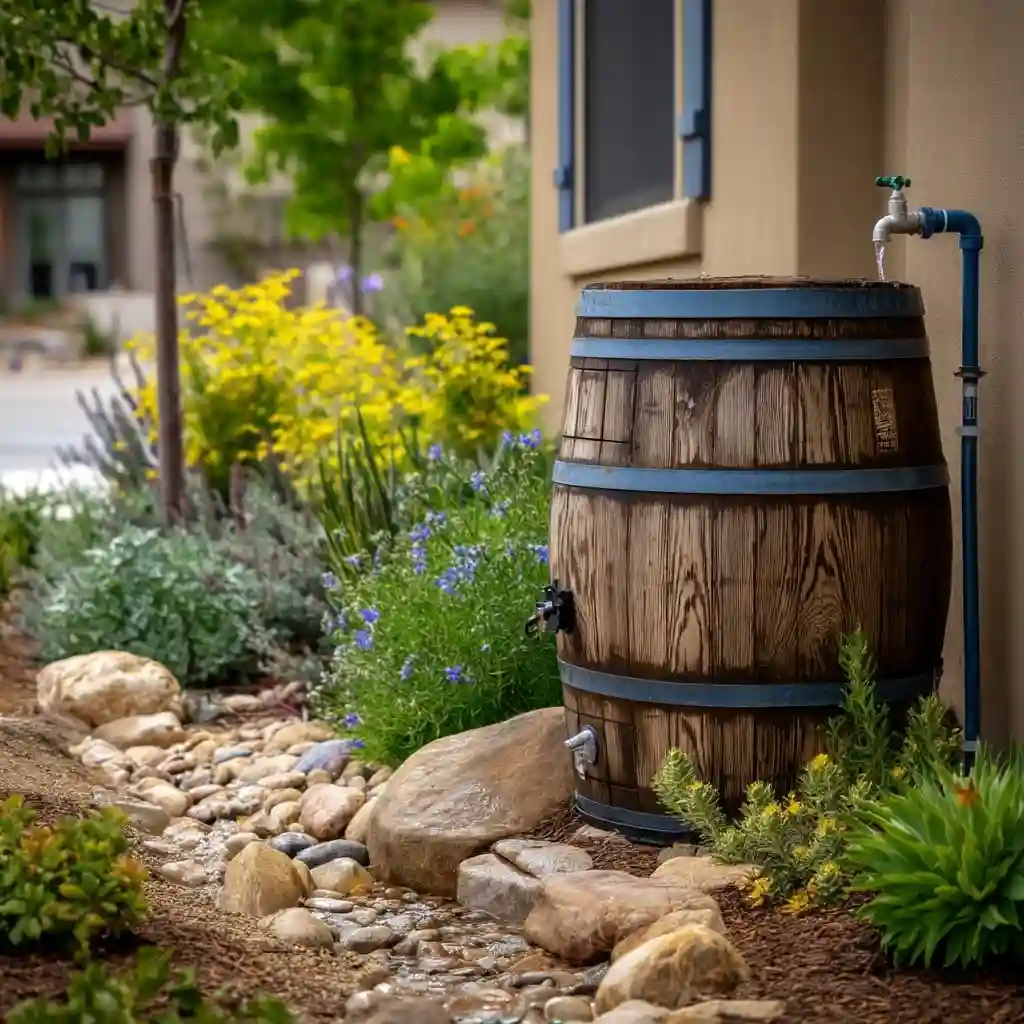
Even water‑wise landscapes need some irrigation, but xeriscaping focuses on doing it efficiently.
- Drip irrigation is ideal because it delivers water directly to plant roots, reducing waste by up to 60% compared to overhead sprinklers.
- Water in the early morning when temperatures are lower to prevent evaporation.
- Install a smart irrigation timer that adjusts watering schedules based on weather conditions.
- Collect and use rainwater if possible, storing it in barrels for periods of low rainfall.
By combining efficient irrigation with drought‑tolerant plants, you can maintain a lush landscape while significantly reducing water usage.
4. Soil Preparation and Mulching
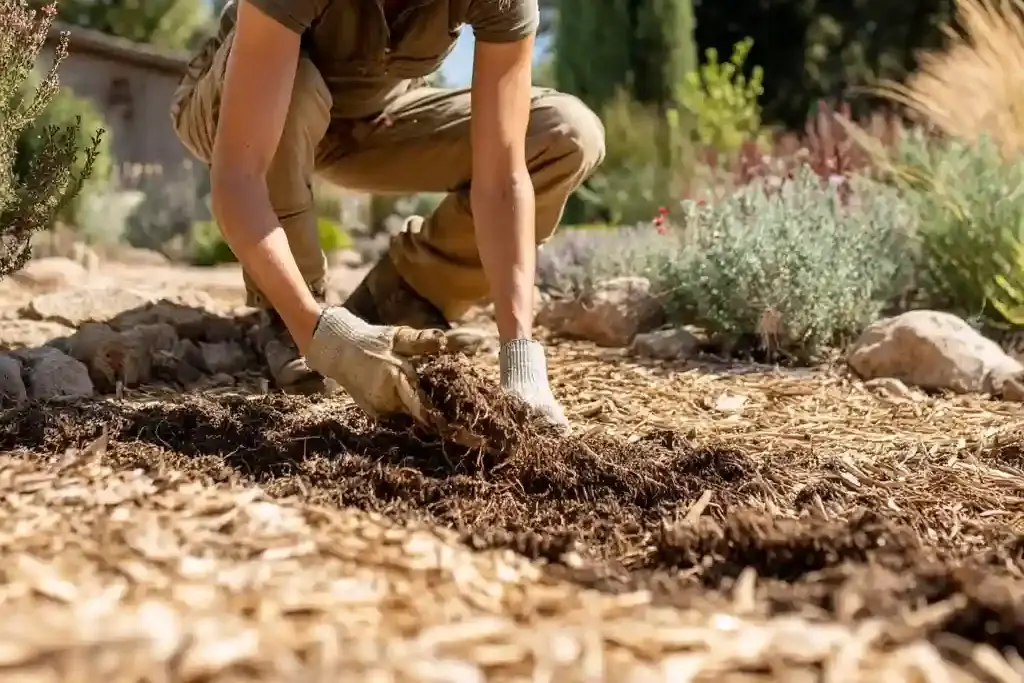
Soil health determines how well your xeriscape holds onto water.
- Test your soil for texture and pH to understand its drainage capabilities.
- Improve sandy soils with compost or organic matter to help them retain moisture.
- Loosen clay soils with sand or compost to enhance drainage and prevent root rot.
Mulching is equally important. A 2‑3 inch layer of organic mulch like bark or shredded leaves:
- Slows evaporation
- Keeps soil temperatures stable
- Suppresses weed growth
Inorganic mulch, such as gravel, can be effective in desert landscapes but may warm the soil too much in hot climates.
5. Maintenance & Benefits
One of the biggest advantages of xeriscaping is its low‑maintenance nature. While it isn’t completely maintenance‑free, the tasks are minimal compared to a traditional lawn.
Maintenance Tips:
- Remove weeds promptly to prevent competition for water.
- Trim and prune plants as needed to encourage healthy growth.
- Check irrigation lines periodically to ensure no leaks or clogs.
- Fertilize sparingly—xeriscape plants thrive in lean soil conditions.
Benefits of Xeriscaping:
- Up to 80% less water usage, lowering your utility bills.
- Lower maintenance costs, with fewer hours spent mowing and watering.
- Supports local wildlife by providing habitat for pollinators and birds.
- Reduces runoff and erosion, keeping your soil healthier.
With a thoughtful xeriscape design, your outdoor space becomes both eco‑friendly and beautiful year‑round.
Conclusion
Xeriscaping isn’t just about saving water—it’s about creating a sustainable, low‑stress landscape that works in harmony with nature. By following the seven core principles, choosing the right plants, and maintaining your soil and irrigation wisely, you can enjoy a lush and attractive yard that thrives with minimal effort.
Making the switch to xeriscaping is a long‑term investment in your home, your wallet, and the environment.
FAQs
1. Why is xeriscaping important?
It conserves water, saves money, and supports sustainable landscaping practices.
2. Is xeriscaping only for dry climates?
No, it can be adapted to any region by selecting climate‑appropriate plants.
3. Can xeriscaping save money?
Yes, it significantly reduces water bills and maintenance costs.
4. How do I start xeriscaping my yard?
Begin with a plan, test your soil, and replace high‑water plants with drought‑tolerant species.
🌿 Love gardening inspiration? Follow me on Pinterest for bold plant ideas, tips, and seasonal color!
More Posts
